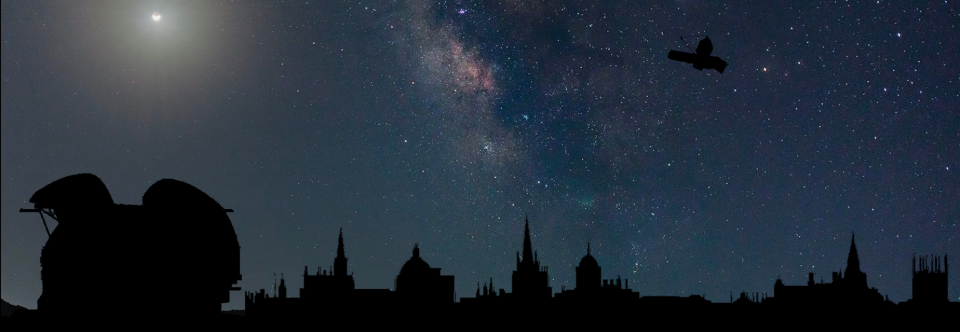Nobel Laureate Dr John C. Mather (NASA/GSFC)
elt_at_physics.ox.ac.uk
Seeing our history from the Big Bang to Now: New Tech for New Discoveries
A Public Lecture by Dr John C. Mather as part of the workshop Spatially Resolved Spectroscopy with Extremely Large Telescopes.
The great golden James Webb Space Telescope is almost ready to pack and ship to the launch site in French Guiana, and it will open the treasure chest of infrared astronomy, looking out in space to look back in time towards the first objects that grew in the expanding universe, looking into glowing gas and dust clouds to see how stars are born, and looking at planets here and out there that could tell us about our own history. The JWST is a joint project of NASA, ESA, and the Canadian Space Agency, and is the most powerful space telescope ever built. I will show how it works and what we hope to see.
But this is only the beginning. More space telescopes are coming, and the Extremely Large Telescope is growing in Chile. Hybrid telescopes are possible, with an orbiting guide star to enable improved adaptive optics of giant ground-based telescopes, so the ELTs could have almost the sensitivity and image quality that they would have in space. An even more ambitious concept would fly a starshade in orbit, to cast a shadow of a star onto the ELT, so we could see little Earths orbiting around them, and get their spectra. Do those Earths have continents and oceans, chlorophyll, surface minerals, weather, and oxygen? Glorious discoveries await!
Brief Biography (from NASA/GSFC): Dr. John C. Mather is a Senior Astrophysicist in the Observational Cosmology Laboratory at NASA's Goddard Space Flight Center. His research centers on infrared astronomy and cosmology. As an NRC postdoctoral fellow at the Goddard Institute for Space Studies (New York City), he led the proposal efforts for the Cosmic Background Explorer (74-76), and came to GSFC to be the Study Scientist (76-88), Project Scientist (88-98), and also the Principal Investigator for the Far IR Absolute Spectrophotometer (FIRAS) on COBE. He showed that the cosmic microwave background radiation has a blackbody spectrum within 50 ppm. As Senior Project Scientist (95-present) for the James Webb Space Telescope, he leads the science team, and represents scientific interests within the project management. He has served on advisory and working groups for the National Academy of Sciences, NASA, and the NSF (for the ALMA, the Atacama Large Millimeter Array, and for the CARA, the Center for Astrophysical Research in the Antarctic). He has received many awards including the Nobel Prize in Physics, 2006, for his precise measurements of the cosmic microwave background radiation using the COBE satellite.
This online event will be free-of-charge but ticketed. Please register for a ticket to attend.

